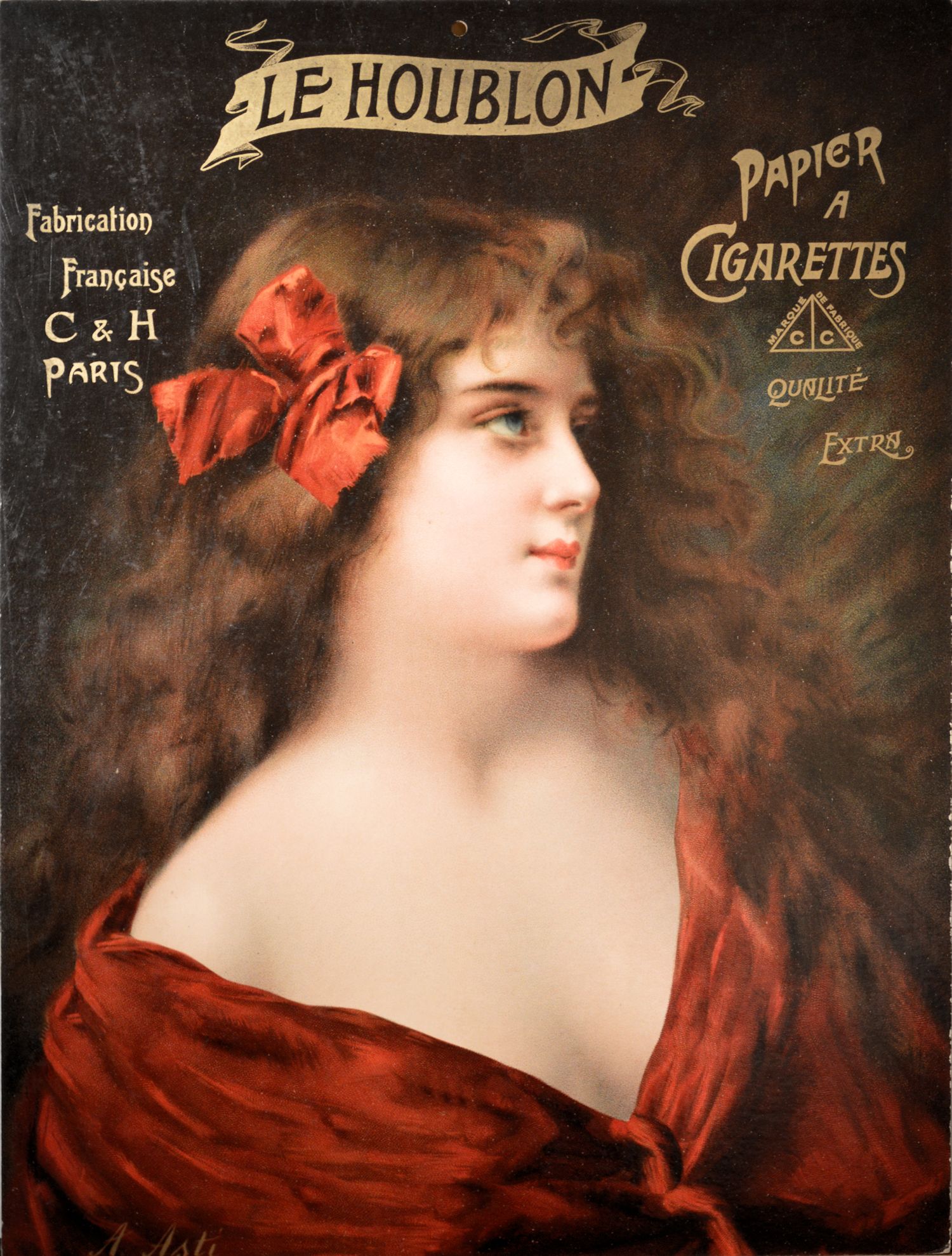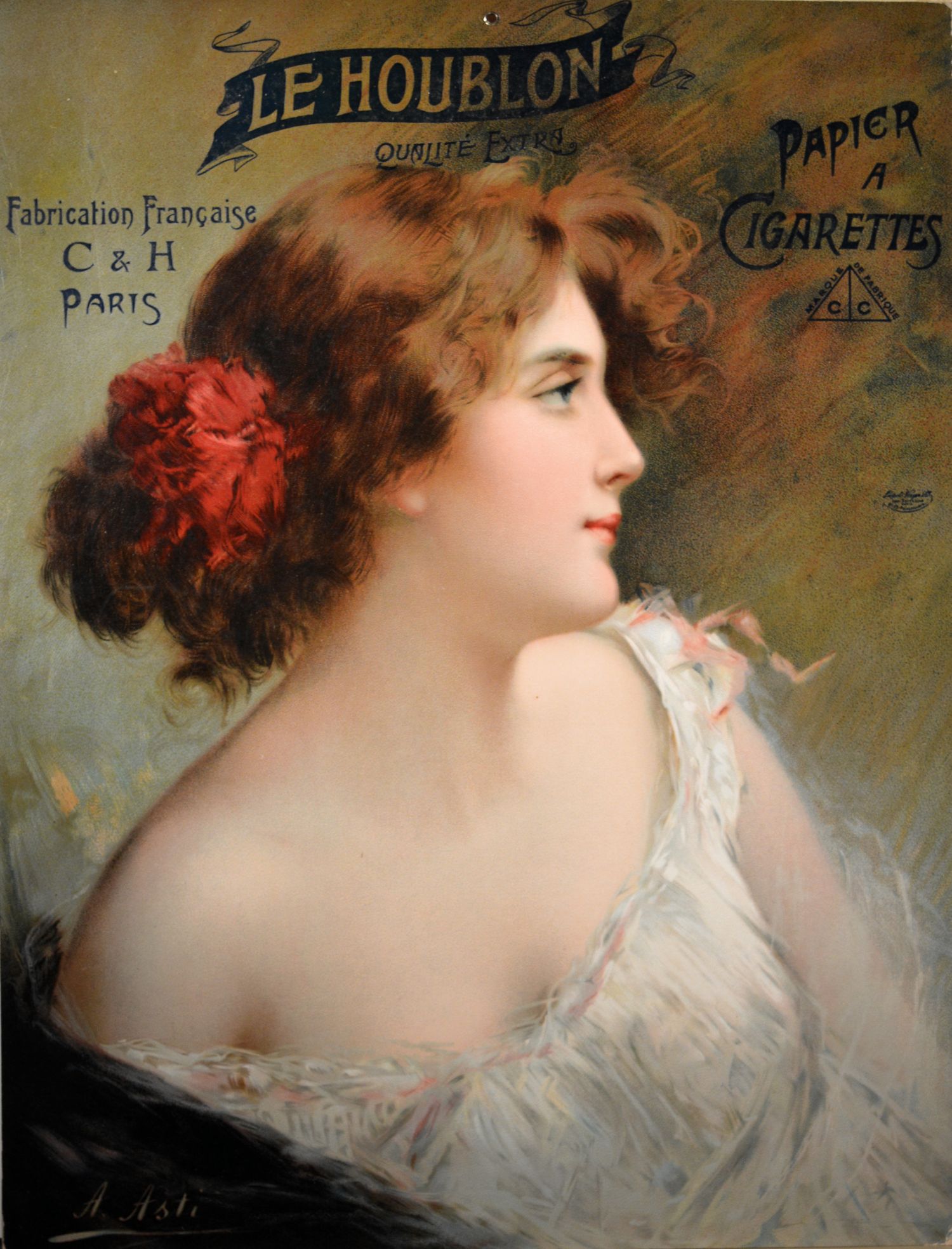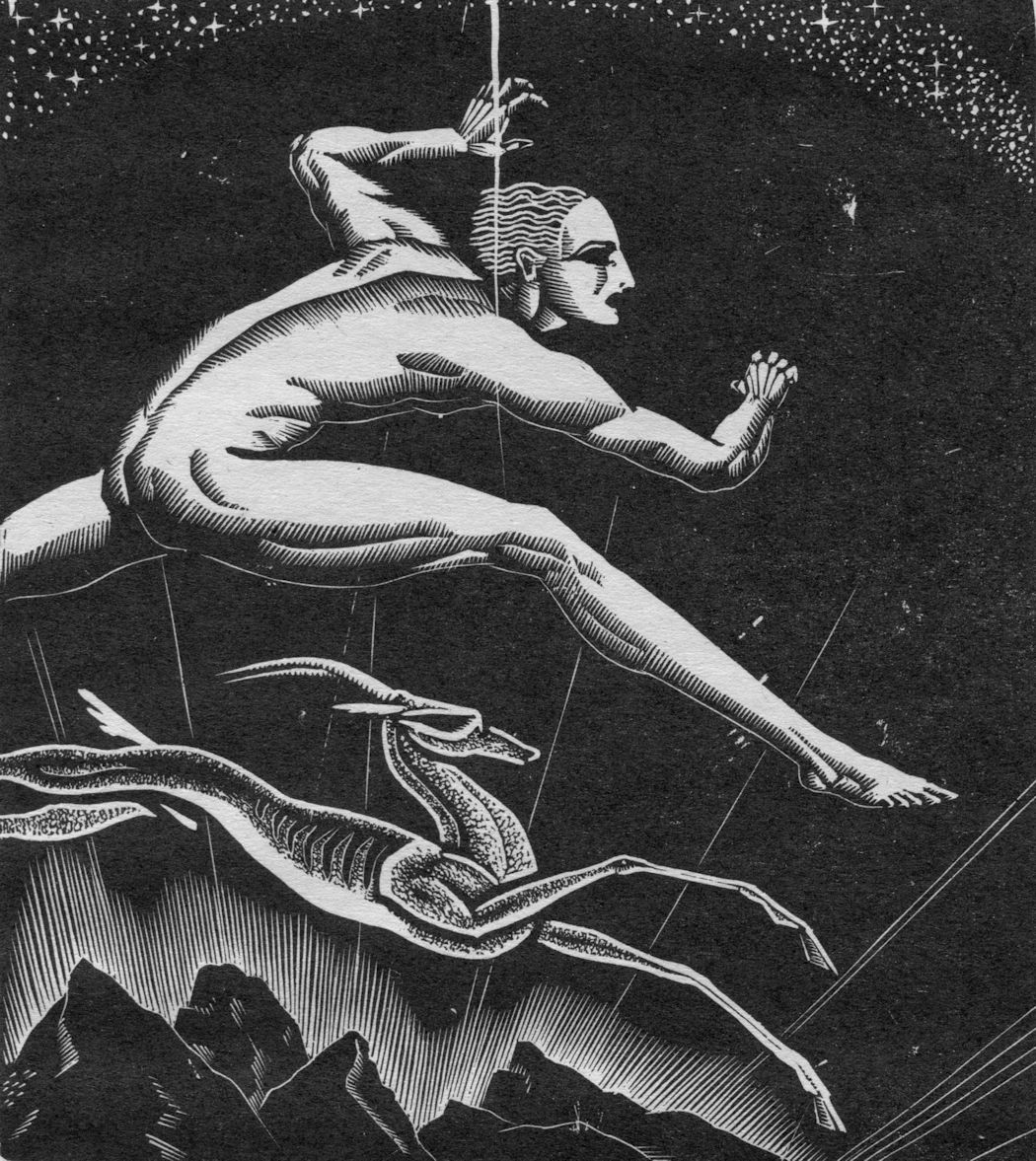Angelo Asti (1847 - 1903)
For many years, an early twentieth century reproduction on canvas, published by Wolf & Co. of Philadelphia (1879 - 1931), has graced our living room wall. It was almost certainly a wedding present for my wife's maternal grandmother and hung in her apartment until her death, when it came to us. It happens that the original was painted by Angelo Asti, born in France of Italian parents, whose idealized portraits of beautiful young women were a mainstay of late nineteenth century European advertising. In this regard, he is the predecessor of Charles Dana Gibson, whose Gibson Girl became the iconic figure of American commercial illustration in the early twentieth century. We regret to inform you that Asti enjoyed his American breakthrough posthumously. His work made a grand splash with the use of his portrait “Colette” as the subject of the very first “pretty girl” calendar, published by Brown & Bigelow of Minneapolis in 1904. The calendar was a blockbuster in its day, selling more than 1.5 million copies and opening the floodgates for his work in American advertising – as well as that of innumerable imitators - in the years to come. Details of his biography are scant. Any information about Asti will be greatly appreciated.

Window Card: Le Houblon Papier a Cigarettes
Color lithograph, ca. 1895. Overall size 16-7/8" x 22¼". A rare and lovely example of Belle Epoque advertising, illustrated by Angelo Asti and in about as near-perfect a state as one is likely to encounter, having only minor and unobtrusive abrasions at the edge of the card and, of course, the grommet hole at top center for hanging the card in a shop window.
From the collection of more than 6,372 posters and related items assembled by Julius Paul of Vienna between 1900 and 1935. Paul was a wealthy distributor of cigarette papers who died just before the anschluss, the German annexation of Austria, took place in 1938. The collection, bequeathed by Paul to his nephew, was instead expropriated by the Nazis; some 3,600 pieces were sold to a Viennese book dealer, who in turn resold the entire lot, complete with the oak storage case that Paul had made to house it, to the Albertina Museum in Vienna, where it remained essentially untouched and in perfect archival storage conditions until the collection was restored to the heirs of the Paul estate some years ago. The missing 2,772 pieces have never been located.
SOLD

Color lithograph, ca. 1895. Overall size 16-7/8" x 22¼". A rare and lovely example of Belle Epoque advertising, illustrated by Angelo Asti and in about as near-perfect a state as one is likely to encounter, having only minor and unobtrusive abrasions at the edge of the card and, of course, the grommet at top center for hanging the card in a shop window.
From the collection of more than 6,372 posters and related items assembled by Julius Paul of Vienna between 1900 and 1935. Paul was a wealthy distributor of cigarette papers who died just before the anschluss, the German annexation of Austria, took place in 1938. The collection, bequeathed by Paul to his nephew, was instead expropriated by the Nazis; some 3,600 pieces were sold to a Viennese book dealer, who in turn resold the entire lot, complete with the oak storage case that Paul had made to house it, to the Albertina Museum in Vienna, where it remained essentially untouched and in perfect archival storage conditions until the collection was restored to the heirs of the Paul estate some years ago. The missing 2,772 pieces have never been located.
SOLD
